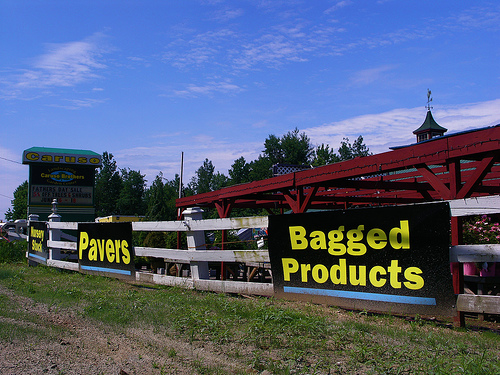ALA Midwinter 2007, ALCTS Cataloging Norms Discussion Group presentation: Metadata and faceted searching: an implementation report based on WPopac. (slides: QuickTime & PDF.)
Faceted searching such as that made possible by WPopac (look for the new name soon) improves the usability of our systems and findability of our materials, but also puts new demands on how we catalog them.
My favorite search example is sociology of education, both because it’s a common search in our logs, but also because it demonstrates how our systems can help bridge the gap between what our users know and what our catalogs know. That is, the user doesn’t have to know that the proper term is educational sociology, the aggregated facets (or clusters) gently reveal that to the user.
Cookery may be an even better example. Not because it’s the subject term everybody loves to hate, but because a search for cookbooks has a high likelihood of returning cookery as a facet.
The problem, though, is that cookery is often cataloged as cookery, French (650 $a cookery, French) instead of cookery — French (650 $a cookery $a French).
And all those other regional divisions of cookery are there too, each one trying to claim its own place in the cluster of subject headings. The result is that, while educational sociology easily rises to the top of the results for a relevant search, cookery does not.
There are, of course, other headings. Art is divided almost the same as cookery is, giving us art, Indic, cookery, Indic, sculpture, Indic, and probably a dozen others.
If properly used, the metadata in our collections will set libraries apart from other information services in terms of usability and findability. The improvements to searching that WPopac offers rest directly on the body of good cataloging data in the collection. I look forward to even more improvements in the findability of library materials as we start to consider the new ways the metadata we’re creating can be used.
